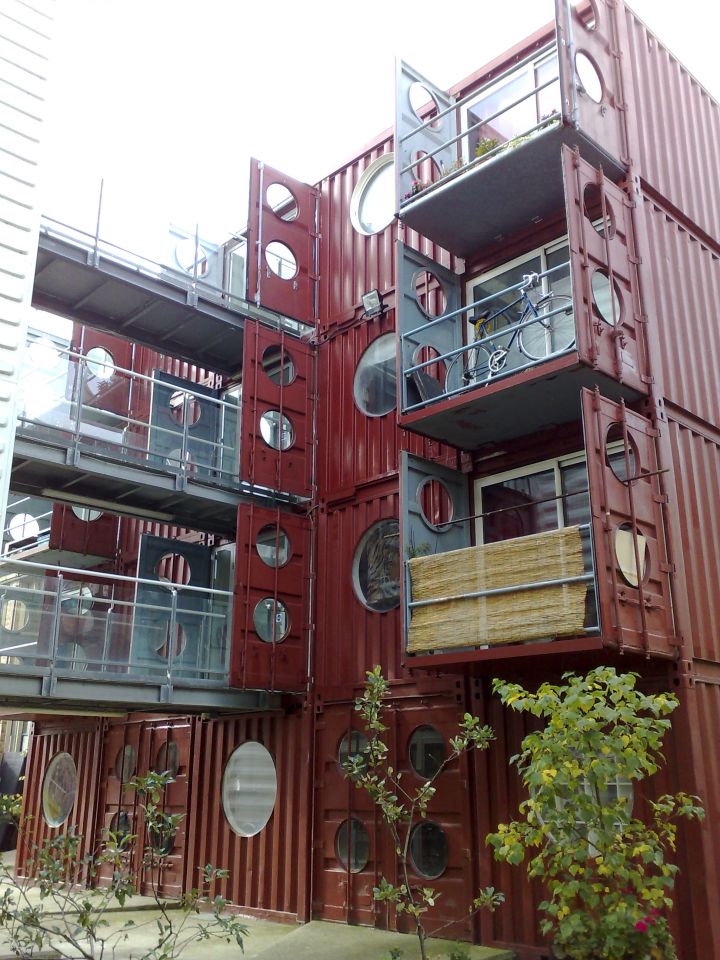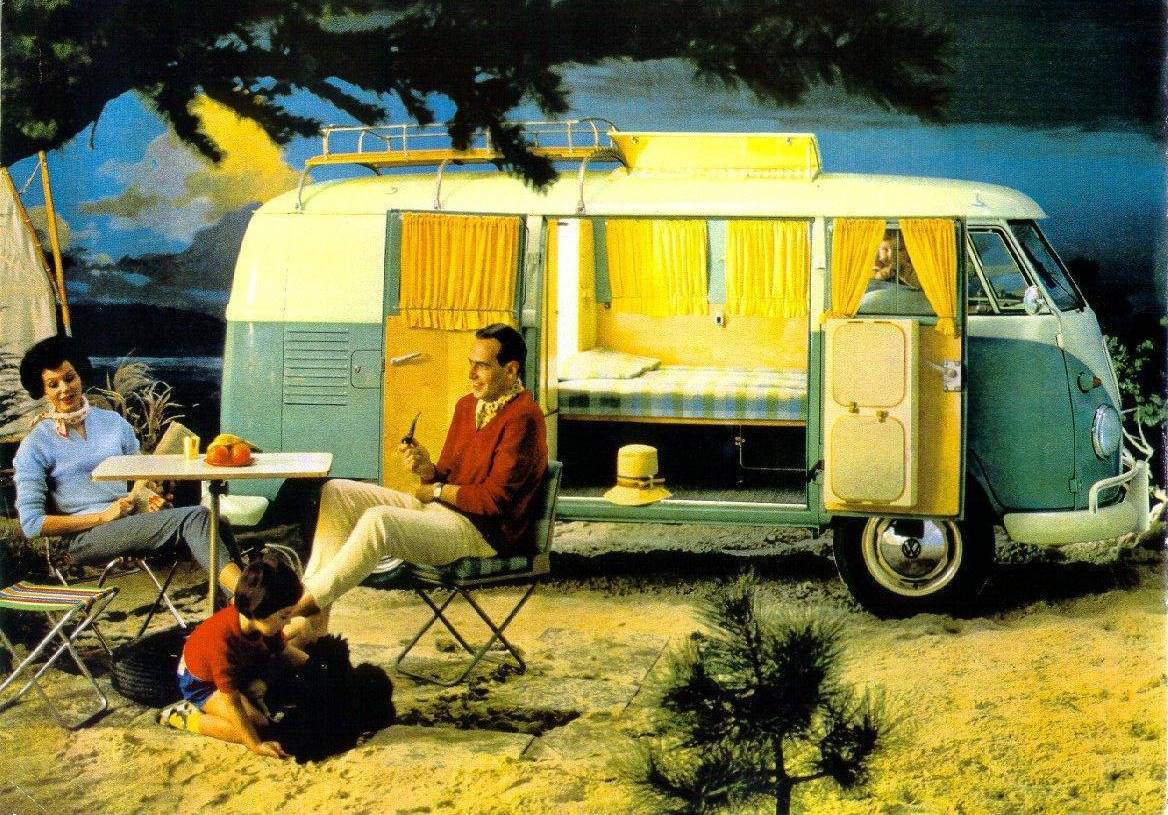Container houses
Pay less for the same floor space, make housing more affordable and be environmentally friendly.
The theme is not new. Living in a container is becoming less and less original and, given the growth of population and cities, more and more necessary. This form of architecture is known as the ConHousing and it contains a whole philosophy of life, very well explained. here.

The containers are very easy to transport and can be assembled in a single day in the most varied places, they are also fully customisable and you can always increase or decrease the space according to your needs. The best, isn't it? There are containers for all tastes, and although this trend arose with the idea of recycling this "kind of space", there are lots of architecture studios that have created their own designs specifically designed as homes. Here we show you a selection of the ones we liked the most.



Nicholas Lacey created in 2002 an entire building that houses 37 artists in London, the Container City. Given the success at such a low cost, the city's urban management has not stopped building "funky, sustainable and cheap" projects under the same brand name.


The architects of the studio Jure Kotnik Arhitekt They thought: "let's leave the sobriety aside and paint some polka dots here and there", and also let's join two together, and that's how their 2+ Weekend House, a duplex container, came about.


Those in ConHouse have three models: Basic, Standard Design and Individual Style.
Adam Kalkin created in 2003 a beautiful conhouse from 12 containers and despite appearances, at a ridiculous price: 125$/square foot.



Let's imagine together entire cities without buildings, created out of containers, just as it is done in the past. Lot-EkThe American architecture studio, which makes all its projects from these modules, from an entire building in New York, to shops for brands such as Weleda, Uniqlo, Dim or Puma.



And in America, of course, there is a solution for almost everything. Global Portable Buildings makes folding containers for four pesetas, "always in stock, ready to ship worldwide", and they have several models, you wouldn't believe it.
Living in a container is becoming less and less original and, given the growth in population and cities, more and more necessary. This form of architecture is known as ConHousing and embodies a whole philosophy of life.





